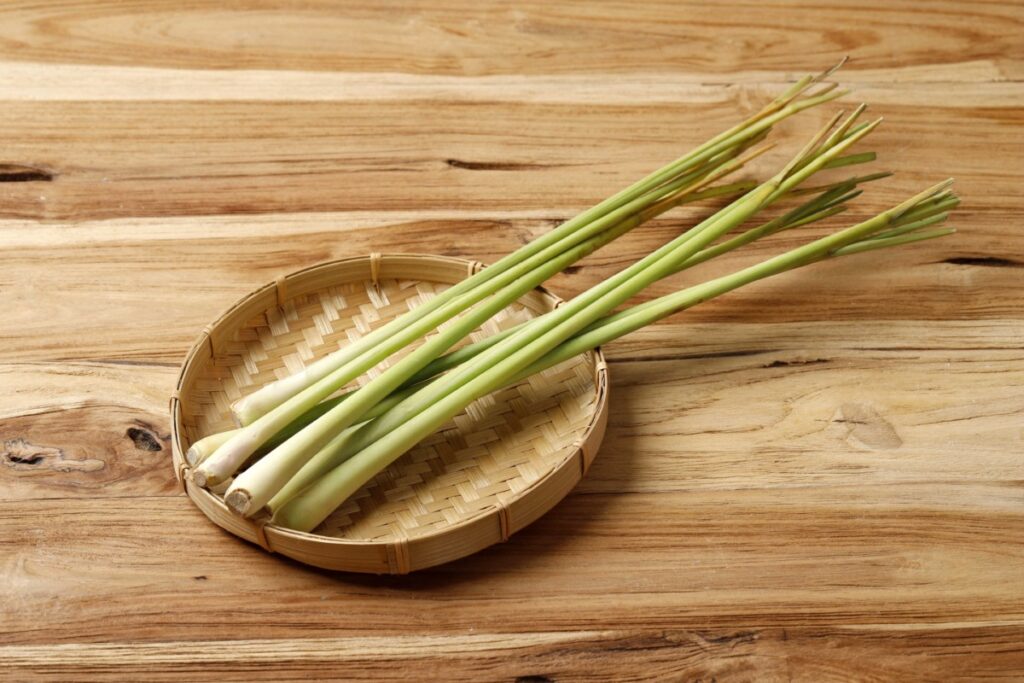Lemongrass, also known as sereh wangi in Indonesia, is a versatile aromatic grass that has been an integral part of Indonesian cuisine and culture for centuries. This fragrant herb, native to tropical regions of Asia, is characterized by its long, slender stalks and a distinct lemon-like aroma. Lemongrass imparts a refreshing citrusy flavor with subtle hints of ginger and mint, making it a culinary treasure that enhances a wide range of dishes.
A Culinary Staple
In Indonesian cuisine, lemongrass is a ubiquitous ingredient, gracing everything from savory soups and curries to refreshing beverages and sweet desserts. Its versatility allows it to seamlessly blend into various culinary creations, adding depth and complexity to flavors.
Lemongrass is a key component of bumbu, the aromatic spice paste that forms the foundation of many Indonesian dishes. Its citrusy notes complement the richness of coconut milk and the warmth of spices like turmeric and galangal, creating a harmonious balance of flavors.
Lemongrass is also a popular ingredient in Indonesian beverages, such as teh sereh, a lemongrass tea known for its refreshing aroma and invigorating properties. Additionally, lemongrass is often infused into syrups and used to flavor desserts, adding a zesty twist to sweet treats.
Beyond Culinary Delights
The significance of lemongrass extends beyond its culinary applications, as it plays a vital role in traditional Indonesian medicine and cultural practices. Its refreshing aroma and believed medicinal properties make it a popular ingredient in aromatherapy and herbal remedies.
Lemongrass is also used in various ceremonies and rituals, often symbolizing purity and cleansing. Its fragrance is believed to ward off evil spirits and bring good fortune, making it a cherished element in Indonesian cultural traditions.
Cultivation and Production
Lemongrass thrives in tropical climates, and Indonesia’s diverse landscape provides ideal growing conditions for this aromatic herb. Cultivation of lemongrass is primarily centered on smallholder farmers, who manage a significant portion of the country’s production.
The harvesting process for lemongrass is relatively straightforward, involving the cutting of the mature stalks at the base of the plant. Once harvested, the stalks are typically dried or used fresh to retain their vibrant flavor and aroma.
Preserving a Culinary Heritage
Lemongrass holds a special place in Indonesian culture and cuisine, and its cultivation and use remain an integral part of the nation’s agricultural and culinary heritage. As Indonesia strives to preserve its rich culinary traditions, lemongrass continues to be a cherished ingredient, showcasing the diversity and vibrancy of Indonesian cuisine to the world.
Efforts are underway to promote sustainable lemongrass farming practices that protect the environment and ensure the long-term viability of this valuable crop. Additionally, initiatives are being implemented to support smallholder farmers, ensuring their access to resources and market opportunities.
Conclusion
Lemongrass is more than just a fragrant herb; it is a symbol of Indonesia’s culinary heritage, cultural identity, and agricultural strength. From its aromatic presence in traditional dishes to its use in medicinal practices and cultural ceremonies, lemongrass has left an indelible mark on the nation’s tapestry. As Indonesia continues to cherish this remarkable herb, the world continues to savor its unique flavor and aroma, a testament to Indonesia’s enduring contribution to the global culinary landscape.

